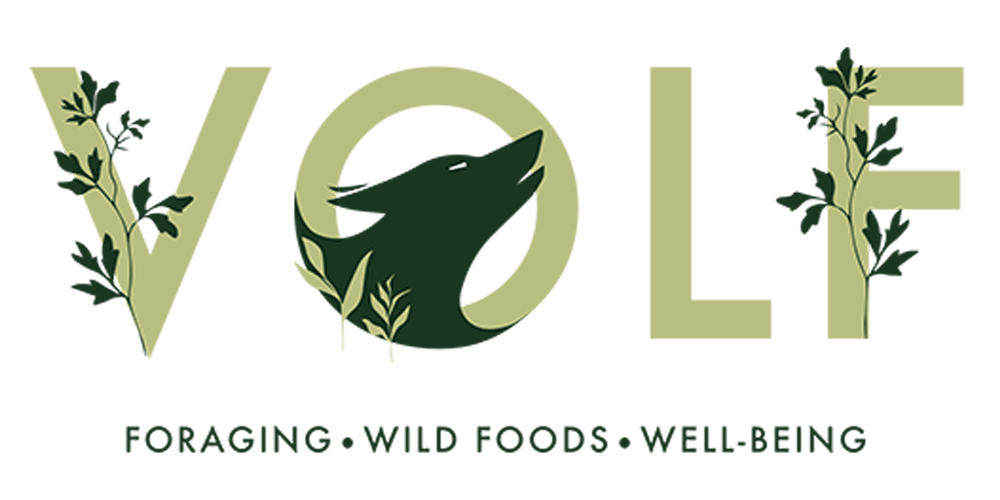Penny Bun
How To ID Me And What I’m Good For?
My ID Features:
In situ (with typical ID features)
Cross section
Beautiful
Young Penny
Penny Bun
Latin Name - Boletus edulis.
Common names - Penny Bun, Cep, Porcini, Porcino, King Bolete.
Family - Boletaceae.
Season - Predominantly autumn. Sometimes winter.
Spore print - Green to brown.
Habitat - Found in forests, growing on soil beneath trees, notably beech and birch, oaks as well as pines, spruces and occasionally other conifers.
Possible Confusion - Sometimes confused with, Tylopilus felleus, the Bitter Bolete. Generally the season of this bolete should rule out any similar species. We’ve also seen online confusion with Bay bolete, Imleria badia (also a great edible). But, the Key indentifiers mentioned above are a discernable differentiator.
Description - One of few mushrooms that are safe to consume raw. This is a worldwide regarded choice edible. It’s flavour, texture and appearance are well regarded within the foraging community and restaurants alike. Personally we walk the forest for weeks before their arrival to ensure we don’t miss out on their first appearance. As much as us humans love them, so do a whole host of other species, including; squirrels, deer and slugs. To mention a few.
Physical Characteristics -
The Cap
Of this mushroom can grow up to 30cm wide at maturity. Slightly sticky to touch, it is convex in shape when young and flattens with age. The colour is generally brown fading to white in areas near the margin. The more mature specimens have a very distinctive white margin running around the bottom of the cap (as seen in picture 1). The under surface of the cap is whitish in colour when young, but mature to a greenish-yellow. Usually when it’s reached this colour it will be full of bugs!
The stipe (stem)
Is usually rather large in comparison to the cap; A faint white net pattern (reticulum) is generally visible on the cream background of the stem, though this reticulum generally fades towards the bottom. It is club-shaped, or bulges out in the middle. upon cutting in half it is white and solid. When the mushroom is beyond its best it becomes somewhat spongy with age.
Importantly - When bruised or cut, it either does not change colour, or turns a very light brown or light red. With no hint of blueing.
Medicinal Qualities - Penny Bun mushrooms are rich in minerals; sodium, iron, calcium and magnesium. They also have high content of B and E vitamins.
Harvesting Sustainability - Its best to pick Penny Buns from their base with your fingers. As stated above a whole host of other species enjoy this mushroom so please take their wellbeing in to consideration.
Important note - It is worth noting that Penny Buns are growing at the perfect height for animals taking a 'pit stop'. So make sure you pick away from dog walkers or pollutants.
Never munch on a hunch! Volf takes no responsibility for anything consumed.






